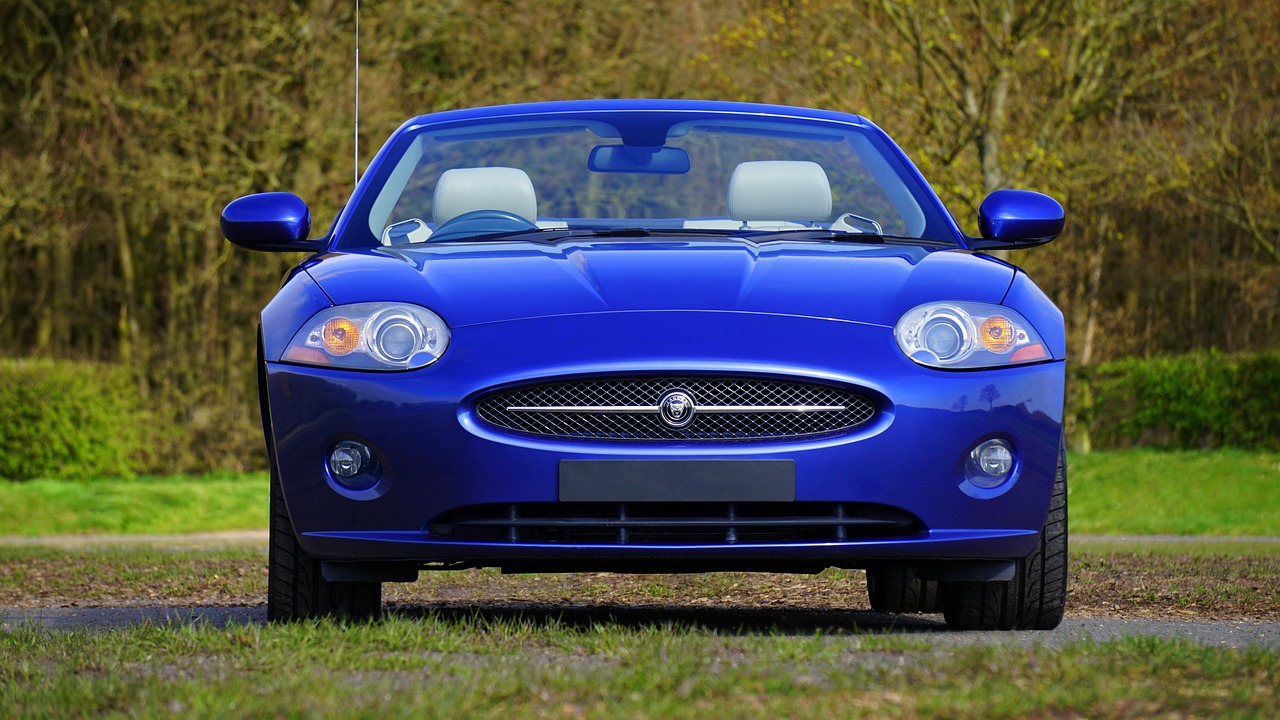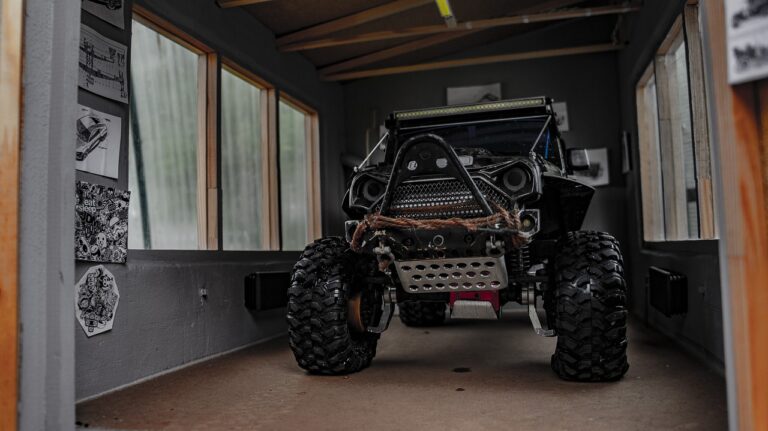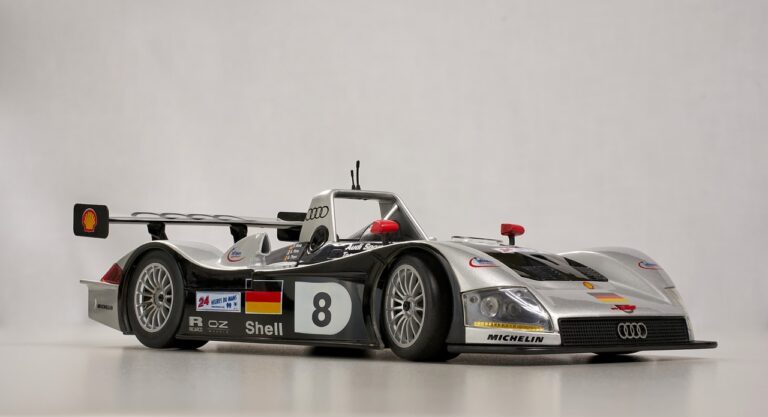The Role of Car Racing in Developing Safety Technologies
Modern car racing has seen significant advancements in safety innovations, aimed at protecting drivers from the inherent risks of high-speed competition. One crucial development is the introduction of the HANS device, a head and neck support system that reduces the risk of serious head and neck injuries in the event of a crash. The HANS device has become mandatory in many racing series, ensuring that drivers are better protected during impacts.
Another key safety innovation in car racing is the implementation of energy-absorbing barriers along track walls. These barriers, often made of materials like foam or rubber, help to absorb the energy of a crashing car, reducing the impact forces experienced by the driver. By reducing the severity of crashes, energy-absorbing barriers have played a crucial role in improving driver safety in the world of motorsports.
Evolution of Safety Standards in Motorsports
Safety standards in motorsports have come a long way over the years, with continuous advancements aimed at protecting drivers in the event of accidents. From the early days of racing when safety concerns were often overlooked, to the modern era of rigorous safety regulations, the evolution of safety standards in motorsports has been driven by a commitment to reducing the risks involved in competitive racing.
With each tragic accident on the track, motorsport authorities and manufacturers have been prompted to make improvements to safety measures. The introduction of safety features such as roll cages, fire-retardant suits, and helmet standards have significantly increased the level of protection for drivers. These developments not only enhance the overall safety of the sport but also serve as a testament to the ongoing dedication to improving safety in motorsports.
Impact of Racing Crashes on Safety Technology
Racing crashes have played a significant role in driving advancements in safety technology in motorsports. With each unfortunate incident on the track, there comes an opportunity to analyze and learn from the way vehicles respond to impacts and collisions. As a result, engineers and experts are constantly evaluating crash data to identify weaknesses and make necessary improvements to enhance safety measures for drivers.
The evolution of safety technology in response to racing crashes has been a continuous process of trial and error. From developing stronger materials for car structures to implementing advanced restraint systems, the aim is always to minimize the risks and severity of injuries during high-speed accidents. The collaborative effort between automotive engineers, medical professionals, and racing organizations demonstrates a commitment to prioritizing safety in the fast-paced and high-stakes world of motorsports.





